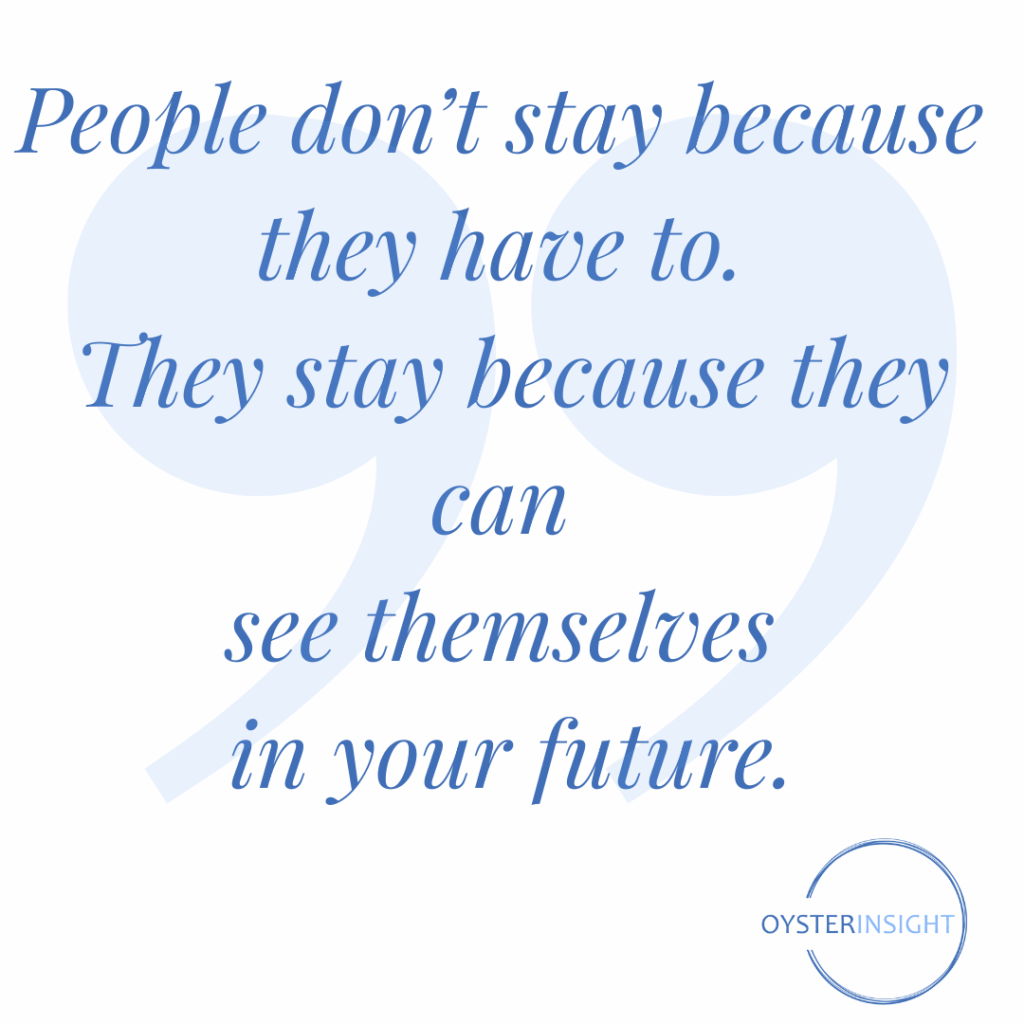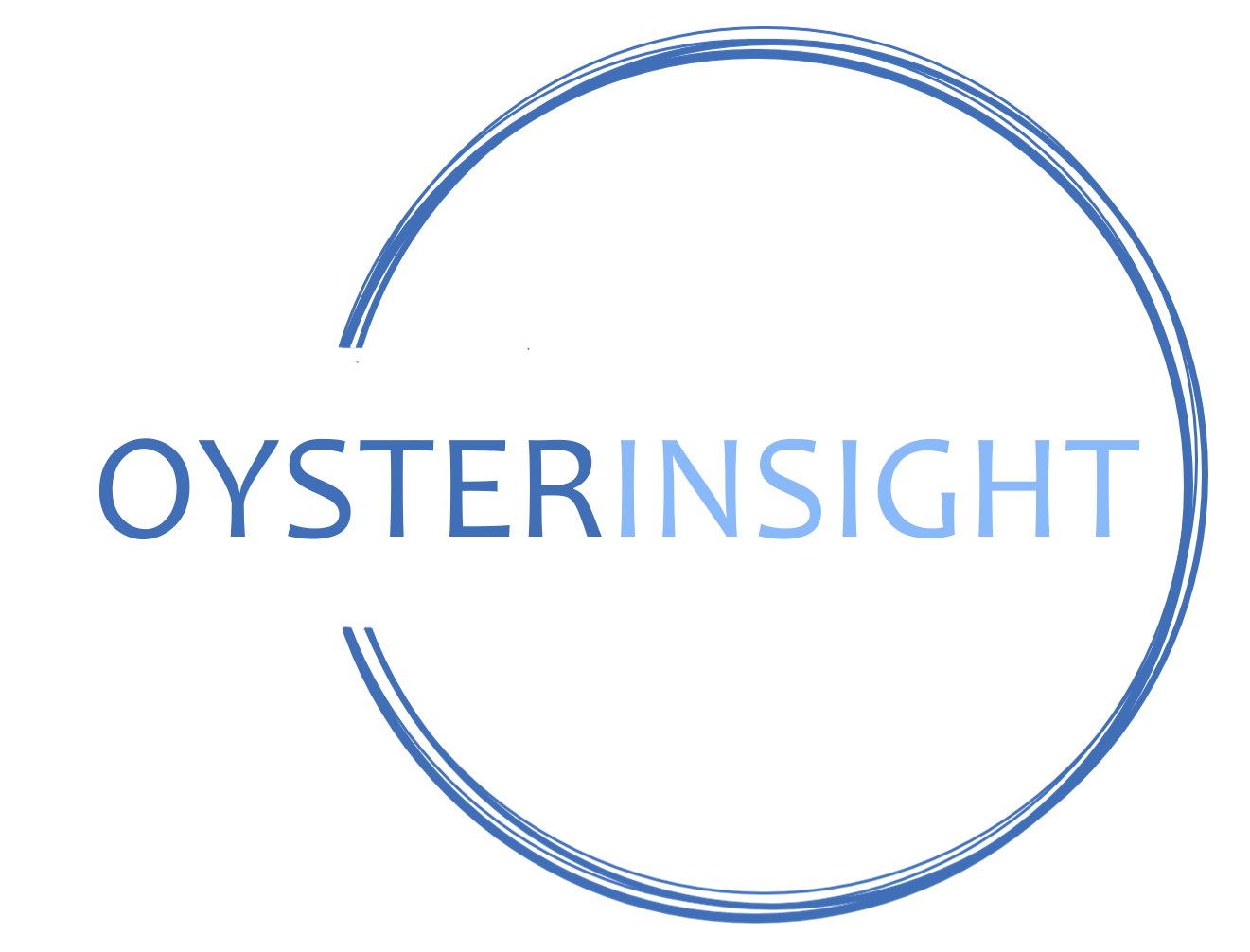🎥 Watch the Video:
The Moment You Realize They’re Leaving
A CIO told me recently about losing two of his best engineers after his company’s return-to-office policy changed from three days to five.
They didn’t storm out. They didn’t complain.
They just… left.
He said, “I could tell their energy shifted. I thought they’d come around.”
That’s the quiet part of retention failure — you usually don’t lose people in a single moment.
You lose them in micro-moments when clarity fades, purpose drifts, and connection thins.
Where Retention Breaks Down
Talent retention issues rarely start with pay. They start where identity and belonging intersect with change.
The most common breakdowns happen at transition points:
- When policies or priorities shift faster than people can adapt
- When a reorganization blurs roles and future paths
- When layoffs leave survivors overworked and unmoored
- When introverts disengage because volume is mistaken for value
- When succession stalls and veterans have no one to train
Each of these is an intersection point — where leaders need to pause, realign, and re-connect purpose to people.
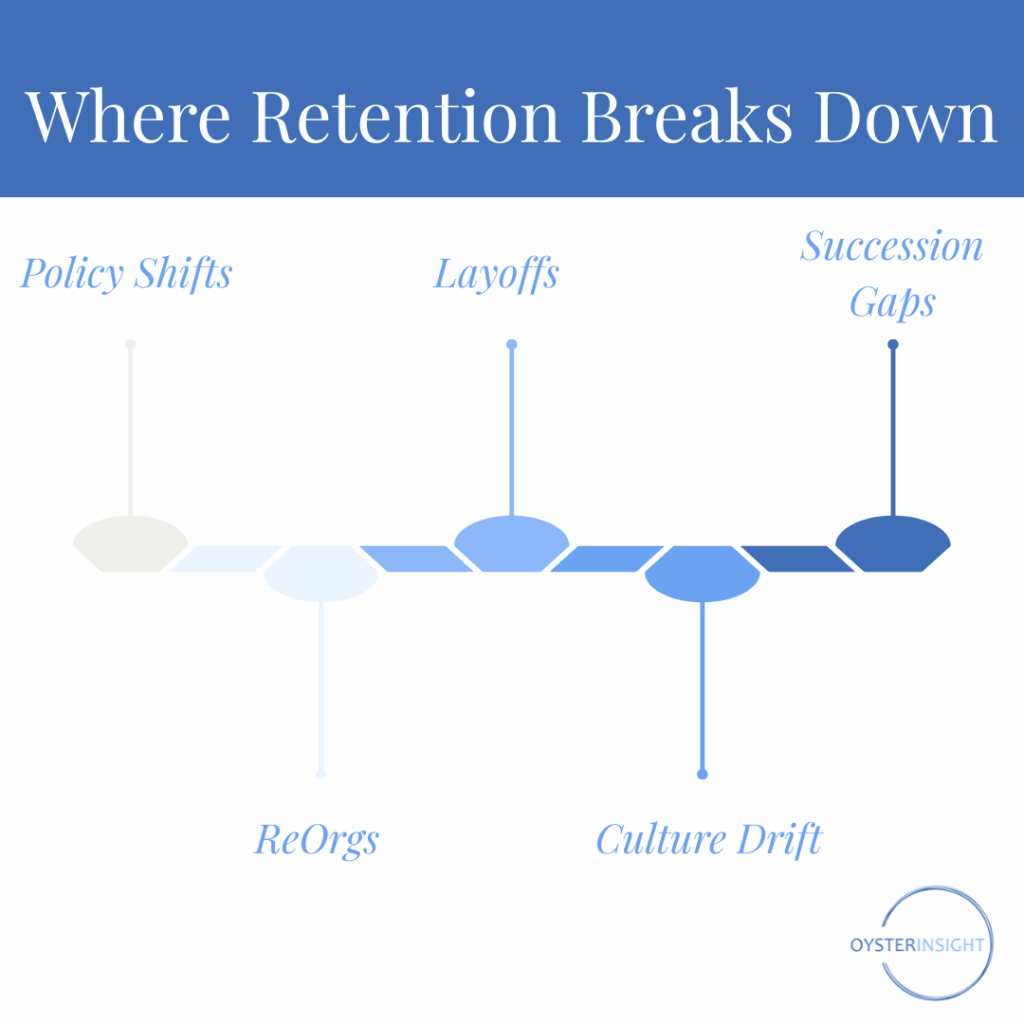
The Real Cost of Turnover
Turnover is expensive, but the real cost isn’t financial — it’s cultural.
When leadership turnover hits 80%, you don’t just lose talent; you lose trust, history, and shared language.
A government executive once told me about a moment when his agency faced a major system failure — the kind that could have justified replacing the entire team responsible.
Instead, he fought for them.
He had to advocate hard with his own leadership to keep the people, rebuild the system, and retrain the team.
It wasn’t the obvious choice at first — but it turned out to be the fastest one.
Retraining the existing team was quicker than hiring new people and bringing them up to speed — not just technically, but culturally.
And the result was powerful: loyalty, confidence, and trust that spread across the organization.
Contrast that with Target’s decision to elevate a 20-year insider as CEO — a move that signals stability, honors growth, and tells employees, “There’s a future for you here.”
Retention can come from continuity, when people see that growing here still means something — or from renewal, when leaders invest in people instead of replacing them. Both approaches work when they’re intentional.
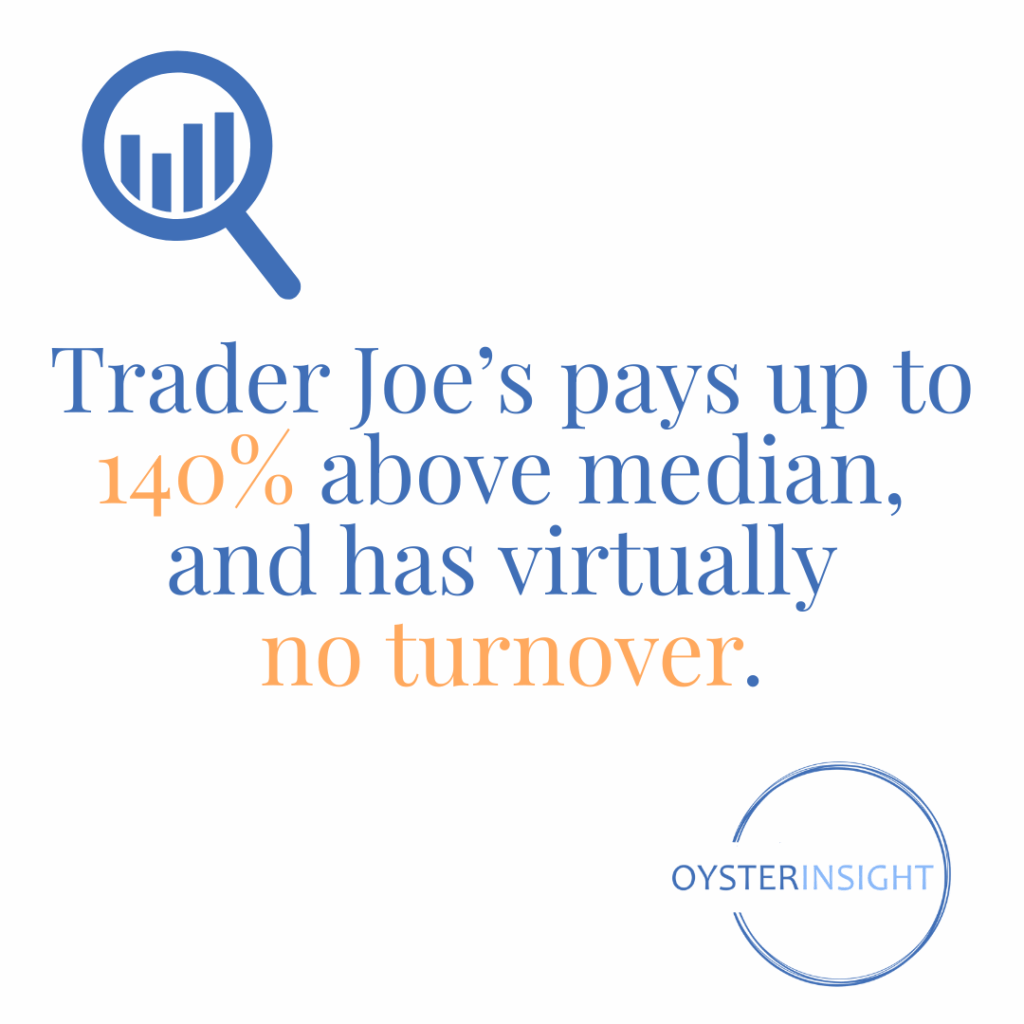
What the Research Shows
- High-stress teams churn first if leaders don’t create visible support systems.
- Identity confusion drives top performers away faster than pay gaps.
- Survivor psychology after layoffs makes standard retention tactics ineffective.
- Best-and-final offers speed hiring but can erode perceived fairness later.
- Trader Joe’s invests 60–140% above industry median in pay and steady raises — and experiences virtually no turnover.
Retention isn’t about locking people in. It’s about giving them every reason to stay.
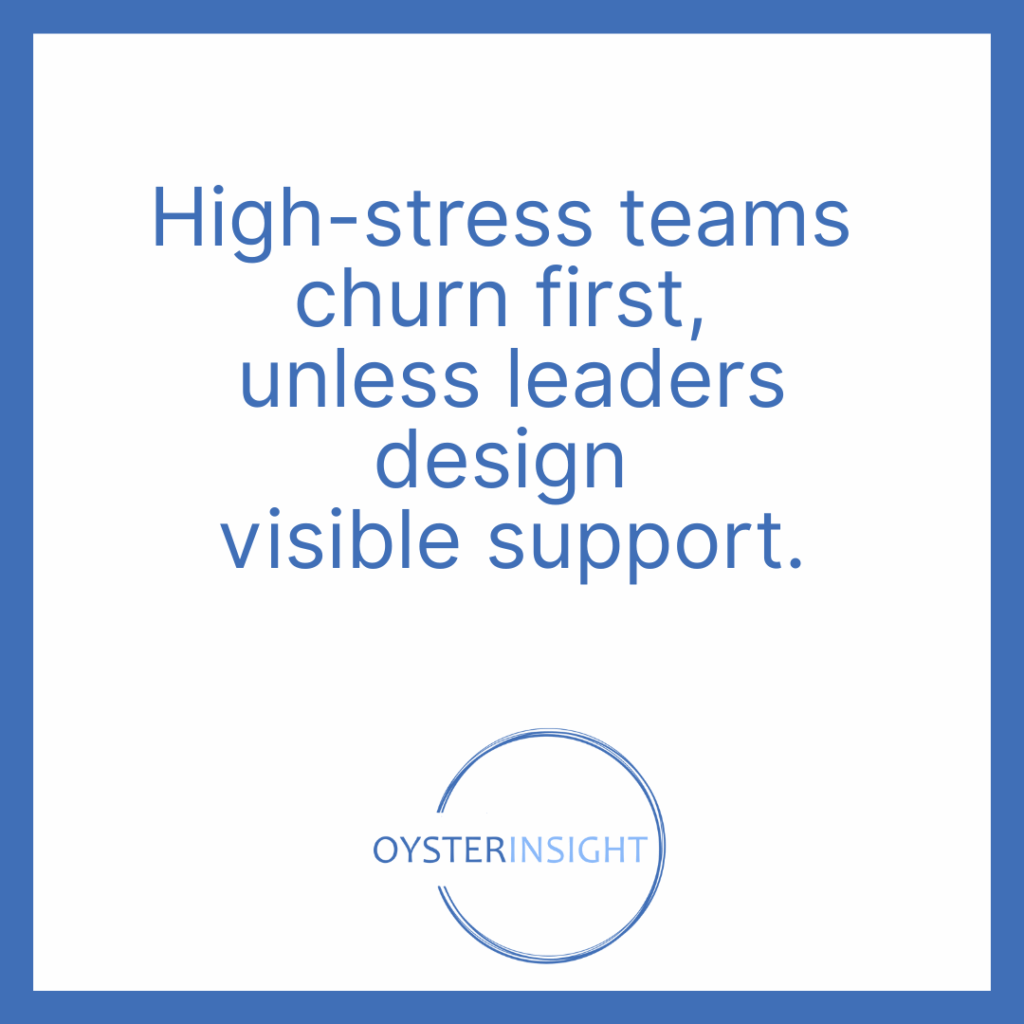
What Great Leaders Do Differently
1. Protect your pressure points.
Don’t wait for churn to reveal stress. Build a “protect the high-stress roles” playbook.
2. Make belonging a leadership practice.
Connection isn’t an HR program. It’s the way you listen, include, and follow through.
3. Steady the team in anxious times.
Purpose and calm consistency act as trust multipliers when everything else is shifting.
4. Design for collaboration, not competition.
Co-op structures outperform winner-take-all environments for long-term engagement.
5. Build succession as hope.
When a 50-year veteran finally has someone to train, that’s retention in its purest form.
What This Looks Like in Action
One executive team we worked with thought they had a compensation problem.
But the real issue was identity drift after a major merger — no one knew what success meant anymore.
We clarified focus, redefined roles, and realigned goals with company purpose. Within six months, engagement rebounded and turnover dropped by 40%.
Retention doesn’t come from counteroffers. It comes from clarity, connection, and credibility in how leaders show up every day.
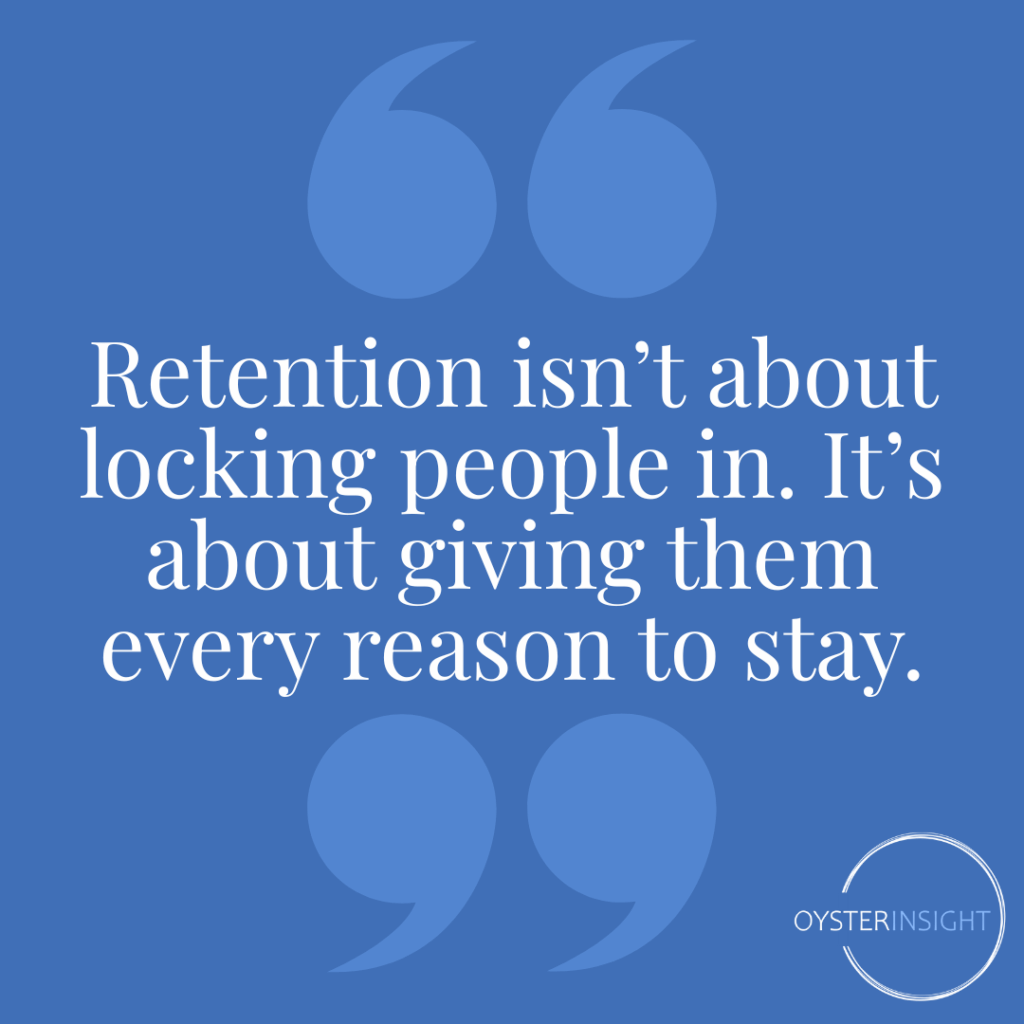
The Leadership Takeaway
People don’t stay because they have to.
They stay because they can see themselves — and their growth — inside your future.
Let’s sit down and discuss how you can strengthen that connection, so your best people don’t just stay longer — they grow stronger.
